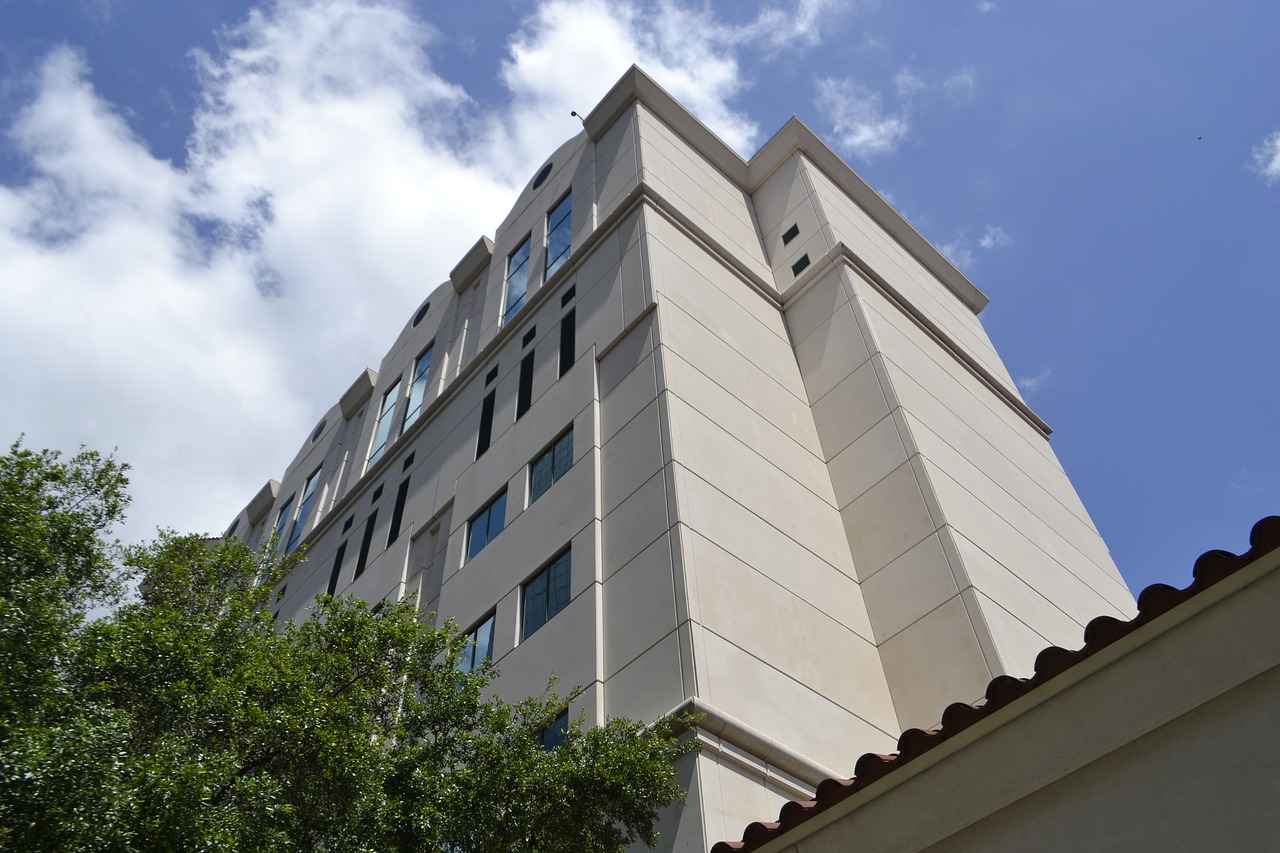The following article analyses the recent worldwide boom of the medical tourism industry in the last 10 years, focusing on the case studies of India, Turkey and Thailand. Based on data analysis, we go on to study the reasons for the boom, the motivations behind medical tourists and the impact of the Covid-19 pandemic on the industry.
Talk about a multi-billion dollar industry that has steadily risen in the past 15 years? That’s medical tourism. Countries that made the best out of it, such as India, Turkey or Thailand, experienced growth rates of up to 20% per year during the 2010-2013 period, rising from $340 million to $622 million in the latter’s case. The trend shows no signs of stopping. The industry’s market size was worth an estimated $54.4 billion in 2021 and is expected to break through the $200 billion threshold by 2027 (alternative estimates say it will surpass $280 billion by that time).
History of Medical Tourism & Growth Over Recent Years
Interestingly enough, medical tourism is no new phenomenon. Recorded cases of medical travel go as far as 2,500 years back, when Greek pilgrims visited the sanctuary of the god Asklepios in Epidaurus. With the advent of low-cost airlines, in 2005, the industry has boomed in a way no Ancient Greek could have predicted, however. But lower traveling costs could not explain such an exponential increase on their own. According to Jerry Eades, from the University of London, some of the main reasons behind the industry boom include:
- The internet revolution: between the years 2000 and 2010, the easier access to information would have resulted in a greater awareness of medical alternatives worldwide.
- Economic shocks: The 1997 and 2008 financial crisis would have pushed Asian and Middle Eastern countries to bring in foreign exchange (medical patients are usually asked to pay in USD, Euros or GBP, explaining the huge profit margins for local Indian, Indonesian or Mexican companies).
- Quality standards: Low labor and operational costs, combined with high quality professionals and revenues in USD, Euros and GBP, resulted in an astounding win-win situation for patients and healthcare providers alike.
Why Would Anyone Travel for a Medical Service?
Medical tourism used to work the other way around: rich people from developing countries would travel to the US or Europe to access better health care services. In recent years, however, this tendency has been reversed: it is mostly patients from the US, UK or Europe who travel abroad to access more affordable medical treatments.
The ever growing benefits allowed for huge public and private investments to improve medical facilities in countries such as Turkey, Mexico or India, which, in turn, attracted more patients. There are solid reasons to believe this trend will not change in the near future, considering its major benefits:
Cheaper Costs
Most people cannot afford to pay medical insurance covering an expensive operation, let alone paying for the operation. Long waiting times for public healthcare services, stretching as much as a year or more in the US, UK or Canada, further push patients to look for alternatives.
Traveling and Discovering Other Cultures
Medical tourism companies usually design specific travel packages which include hotel accommodation, private transportation and site-seeing, along with the evident medical treatment fees. These packages become incredibly attractive, allowing patients to kill two birds with one stone. As an example, MCAN Health’s Hair Transplant package offers an all-inclusive travel experience in Istanbul.
Unapproved or Inaccessible Procedures
The last reason is to access medical procedures that would not be available in the country of origin. The most famous example would be to have an abortion, still forbidden in many areas of the world. This leaves no other alternative than traveling abroad.
Medical Traveling in Times of Covid-19
Medical tourists are patients who choose to travel abroad to access medical treatments. There is no surprise if travel restrictions imposed during the Covid-19 pandemic hit the industry hard, accounting for up to a 45% decrease in demand in 2020-2021. Forecasts make no mistake about it, however. The global medical tourism market comprised more than 24 million patients in 2019 alone, and is expected to reach 70 million by 2027, in what would be an annual increase of 15% per annum.



 Bitcoin
Bitcoin  Ethereum
Ethereum  Tether
Tether  XRP
XRP  USDC
USDC  Solana
Solana  TRON
TRON  Cardano
Cardano  Lido Staked Ether
Lido Staked Ether  Avalanche
Avalanche  Toncoin
Toncoin